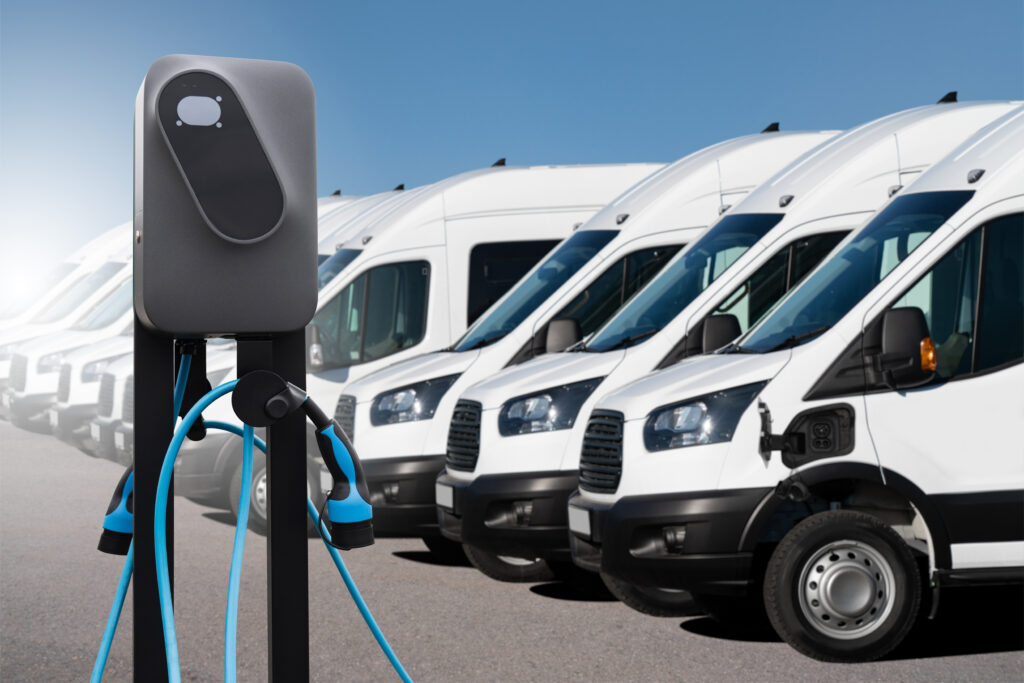When someone tells you they have a home battery, you probably assume they have a Tesla Powerwall. Tesla remains a dominant force in the home energy storage market, yet it faces increasing competition as more companies enter the arena. Noteworthy developments include General Motors’ ambitious New Energy Ecosystem. Along with robust offerings from competitors such as Franklin’s aPower, Sonnen’s advanced sonnenCore+, and Generac’s versatile PWRcell2. These competitors are introducing innovative features and enhancements that challenge Tesla’s market position and signal a vibrant and evolving sector.
All of these fixed battery vendors are about to get some serious competition from the “small” battery guys, companies like Anker, EcoFlow and Jackery.
Leaders in the portable battery market are moving into home energy management and they are bringing some very compelling products that homeowners and small businesses should really consider. Portable, stackable, and expandable!!! Advantages that open up numerous use cases that fix wall or pad mounted batteries can’t provide.
And it’s Black Friday –so these batteries are on sale!! Not something you’re likely to see from Telsa or the rest of the fixed battery vendors.
Leaders in the portable battery market are moving into home energy management and they are bringing some very compelling products that homeowners and small businesses should really consider. Portable, stackable, and expandable!!! Advantages that open up numerous use cases that fix wall or pad mounted batteries can’t provide.
Flexible ways to charge
These batteries can be charged from rooftop solar, the grid OR directly from a portable solar panels. This last option means you could use these batteries and some DIY solar panels to power an Accessory Dwelling Unit (ADU), Casita, or Detached Office that might be challenging to electrify. The type of portable solar panels being sold with these batteries can be placed on the ground or leaned against a structure. Since the batteries are portable, you can roll them to wherever you choose to set up the panels or bring the panels to them. With the ability to charge from rooftop solar or the grid, these batteries can provide many of the same features of fixed batteries with the added advantage that you can roll them.
Rolling, Rolling, Rolling
Being able to charge my EV at home is simply the best. Every morning, I have a “full tank” of energy. I’m fortunate to live in a single-family home where I can install a Level 2 home charger. Unfortunately, charging at home isn’t always an option for people living in multi-family housing (often without a dedicated garage) or even single-family homes with panel constraints.
The portability of this new category of home batteries has the potential to be a game-changer. If companies can make money delivering 5-gallon bottles of water, why not deliver affordable electricity on wheels? I haven’t run the numbers on this yet (but I will), but I’m confident that portable batteries like these could be charged at a central location using solar power and delivered at a lower price point than peak time-of-use rates—especially here in California. After using the power, a new unit could be delivered, and the empty one picked up. Anyone interested in working on this business model with me? If so, please reach out.
While these batteries wouldn’t have the capacity to fully charge a CyberTruck every night, they could help make electric vehicles (EVs) more feasible and economically viable for low- to moderate-income families. Whether for BEVs or PHEVs, batteries like these can be part of the solution by providing a way to get a partial or full charge overnight, when it’s most convenient.
Peak Shaving
The reason batteries are seen as the holy grail for electrical systems is because they provide a way store cheap electricity that can then be used when the cost of electricity is highest on the grid. The “peak periods”. Time-of-Use rates were designed primarily to drive consumer behavior and incentivize moving loads (literally laundry load and other variable loads) to off-peak hours. While Alexa connected appliances now make this easier than ever, it’s still a change in behavior that can come with some level of inconvenience. Even if everyone changed their behavior for flexible loads, there is still a lot of load during these peak and partial peak periods. Batteries are the key to shaving peaks behind-the-meter, which not only reduces electricity bills for these customers, it also serves to lower the system peak for the grid, which in turn reduces the utilization of peaker plants, which often are the least clean kilowatts.
Both Anker and Ecoflow tout their ability to seamlessly discharge their batteries back to the home (via a connected sub-panel) during peak hours. For most homeowners, a 7-10 kWh battery system would be sufficient to avoid peak energy pricing. Fill the batteries overnight or anytime during off-peak period and discharge during peak periods. Rinse and Repeat.
Freedom, Flexibility and Clean Energy
The cost of manufacturing batteries is dropping exponentially, while new battery chemistries are being developed to reduce—and eventually eliminate—dependency on problematic rare earth materials like cobalt and supply chain reliance on countries such as China. New lithium deposits are being discovered seemingly every month, such as the 20 to 40 million metric tons of lithium (potentially the world’s largest deposit) found at the McDermitt Caldera on the Nevada-Oregon border, or the 5.1 to 19 million metric tons in the Smackover Formation in southern Arkansas. One thing we know from our oil and gas heritage is that if there is something valuable in the ground, we know how to find it and extract it.
These home batteries might not fit all use cases, but they serve several use cases that the fixed battery solutions can’t fit at all.
It’s an exciting time in Home Energy Management, Electric Vehicles and Distributed Energy.
Happy Black Friday (and Cyber Monday)!!
Let me know what you think and what you buy!!
Ted Pelecky
Evolve Founder & Managing Partner






